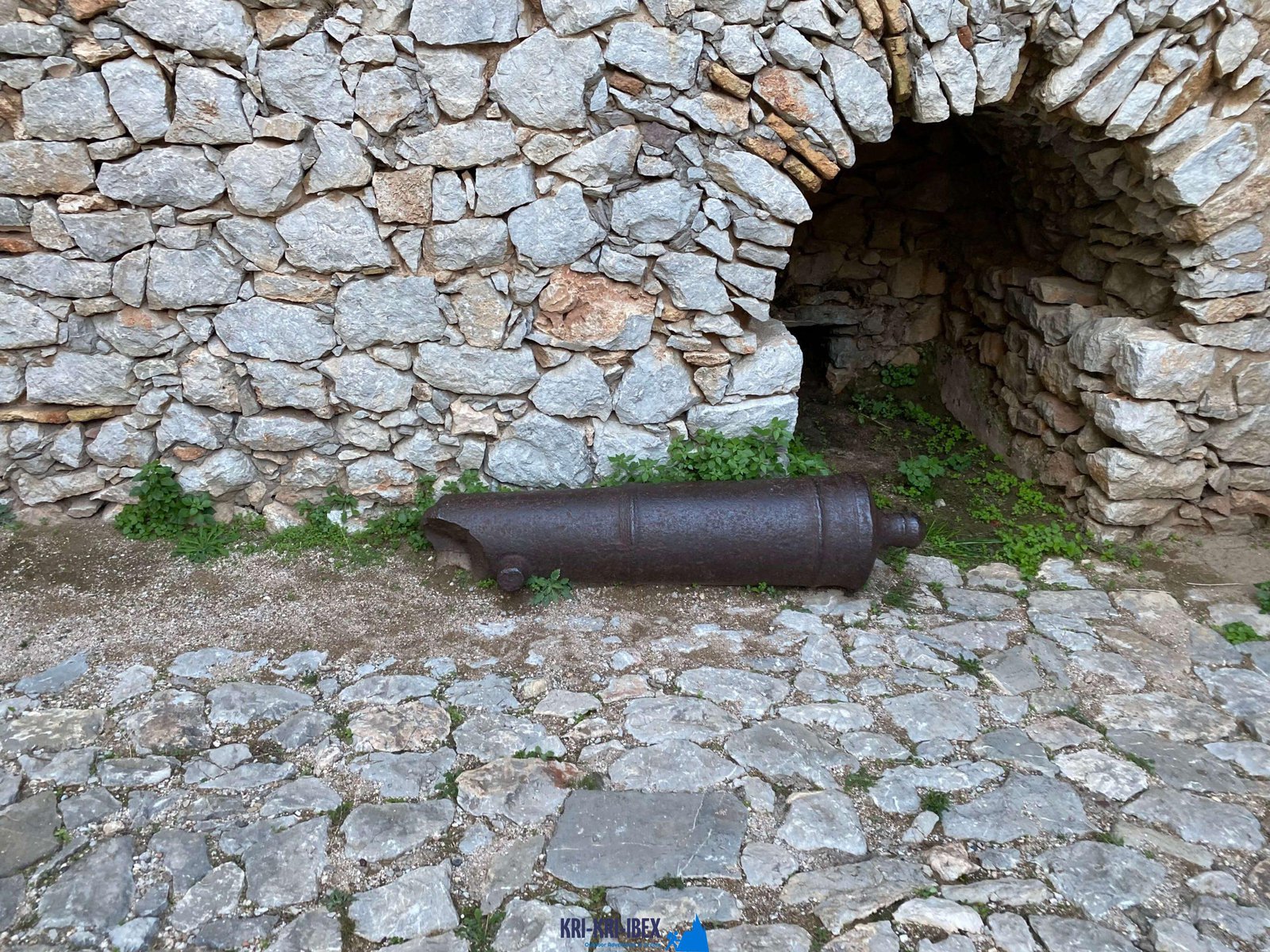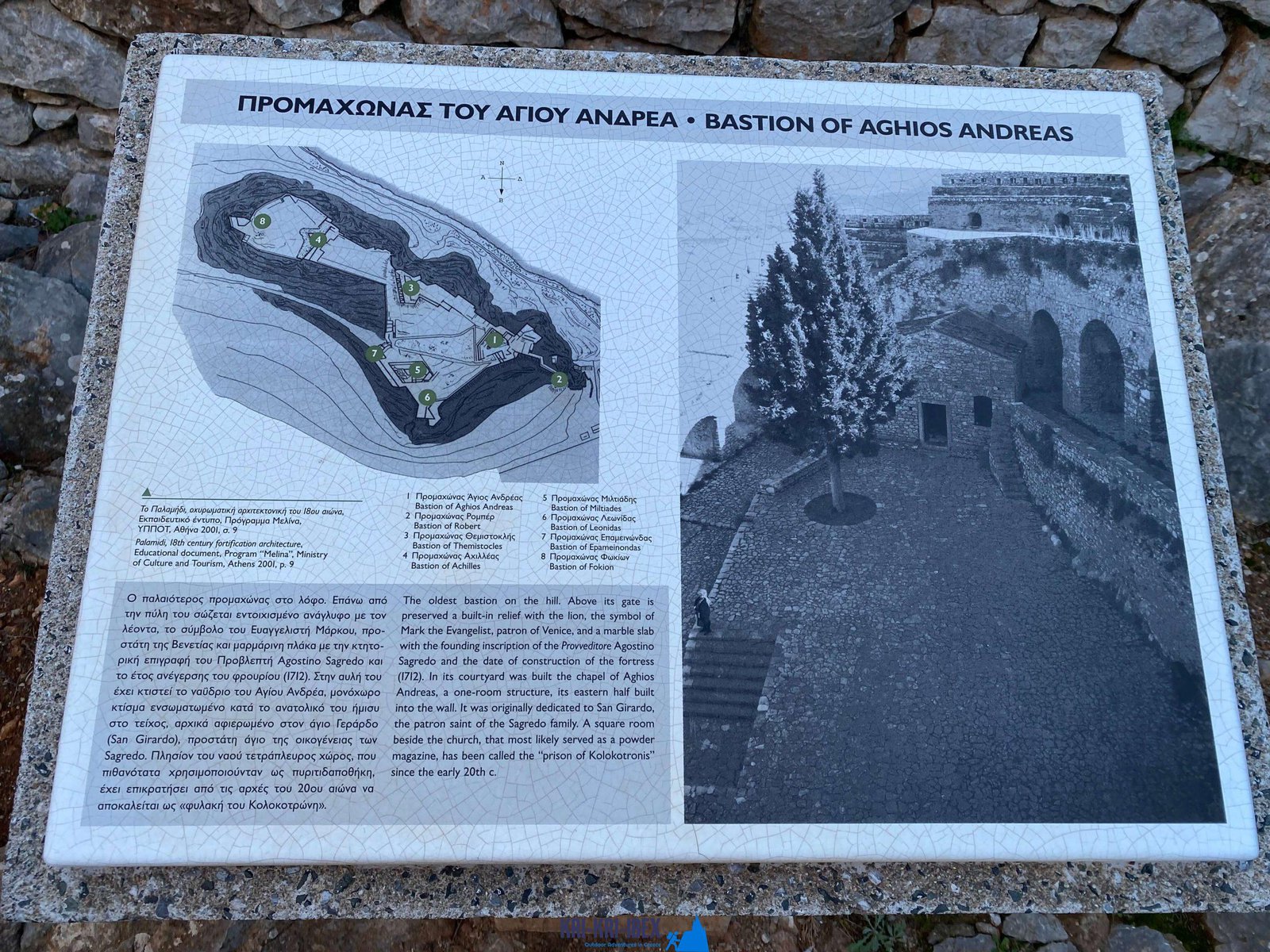
To many individuals, The Peloponnese peninsula on the Greek Mainland is the 'actual' Greece, where things have actually not altered a lot in any way over the centuries although that many people have discovered it. This is a location where you could quickly invest a month or even more but if you are short on time then our hunting and touring Peloponnese Tours from Methoni is a wonderful solution. The Peloponnese peninsula has something for everyone with its various tasks as well as tourist attractions.

Greece is a great country for tourism, providing various opportunities for visitors. There are lots of stunning islands to check out, such as Sapientza, along with cultural experiences as well as historical websites to enjoy. Greece is also popular for its scrumptious food and also wine. Whatever your passions may be, Greece has something to offer you.
When you arrive in the Peloponnese peninsula is the amazingly lovely landscape, the very first point you will certainly observe. The mountains, rivers, lakes, as well as forests make this area a nature enthusiast's paradise. There are additionally a lot of possibilities for hiking, fishing, swimming, and also other exterior tasks. However the Peloponnese peninsula is not nearly its natural elegance; there are likewise numerous historic and cultural sites to explore. Don't fail to remember also fishing, free-diving and also searching. Several of one of the most prominent vacationer destinations in the Peloponnese include old Olympia, Epidaurus, Mycenae, and Sparta. These destinations offer a fascinating glimpse right into Greece's rich background as well as society. If you have an interest in learning more concerning Greek folklore, after that you will most definitely wish to check out Mount Olympus, residence of the 12 Olympian gods. Obviously, no journey to Greece would certainly be full without attempting some of the scrumptious food. The Peloponnese peninsula is home to a few of the most effective olive oil in the world along with feta cheese, olives, honey, as well as wine. Make sure to attempt a few of the local specializeds such as dolma (stuffed grape leaves), Souvlaki (grilled meat skewers), and also Gyro (meat covered in pita bread).
If you are looking for an authentic Greek experience away from the hustle and also bustle of tourist then look no additionally than Methoni in The Peloponnesos! Our outside searching for Kri Kri ibex, fishing, cost-free diving and visiting Peloponnese trips from Methoni are the perfect way to explore this gorgeous location at your very own pace with like minded people. Call us today to book your put on one of our trips.
What is the diference between Kri Kri ibex, Bezoar ibex and hybrid ibex
The kri-kri is not thought to be indigenous to Crete, most likely having been imported to the island during the time of the Minoan civilization. Nevertheless, it is found nowhere else and is therefore endemic to Crete. It was common throughout the Aegean but the peaks of the 8,000 ft (2,400 m) White Mountains of Western Crete are their last strongholds–particularly a series of almost vertical 3,000 ft (900 m) cliffs called ‘the Untrodden’—at the head of the Samaria Gorge. This mountain range, which hosts another 14 endemic animal species, is protected as a UNESCO Biosphere Reserve. In total, their range extends to the White Mountains, the Samaria National Forest and the islets of Dia, Thodorou, and Agii Pandes.
This Ibex is NOT a diminutive form of the Bezoar Ibex, which has migrated into the western-most reach of the range of this species. The kri – kri (Capra aegagrus cretica), sometimes called the Cretan goat, Agrimi, or Cretan Ibex, is a feral goat inhabiting the Eastern Mediterranean, previously considered a subspecies of wild goat. The kri-kri has a light brownish coat with a darker band around its neck. It has two horns that sweep back from the head. In the wild they are shy and avoid tourists, resting during the day. The animal can leap some distance or climb seemingly sheer cliffs.
“The agrimi goat Capra aegagrus cretica is unique to Crete and its offshore islands. It has been identi®ed as a sub-species of the wild bezoar goat Capra aegagrus aegagrus Erxleben, 1777, which it closely resembles in horn shape, body form and coloration. This classi®cation has been disputed by some researchers who claim that the agrimi are feral goats, derived from early domestic stock brought to the island by the ®rst Neolithic settlers. In order to clarify this issue, DNA analyses (cytochrome b and D loop sequences) were carried out on tissue of live and skeletonized agrimi and compared to sequences of wild and domestic caprines. Results conclusively show the agrimi to be a feral animal, that clades with domestic goats (Capra hircus) rather than with wild Asiatic bezoar. This study demonstrates that morphometric criteria do not necessarily re¯ect genetic af®nities, and that the taxonomic classi®cation of agrimi should be revised.”